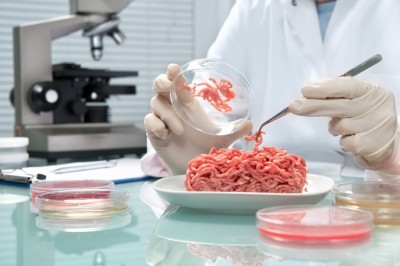Key Insights from Food Vision
In conversation with the mastermind behind the €250,000 lab-grown burger
The €250,000 proof-of-principle burger was cooked and tasted in front of an invite-only audience in August 2013 (click here to see our coverage live from the event). Since the grand unveiling of the 'cultured beef' burger, Post and his team at Maastricht University in the Netherlands have been back in their lab attempting to overcome some of the 'technical bottlenecks' that currently limit the commercialisation of the process.
"We mentioned in August that it's not a perfect product. There was no fat in it. We still needed serum to grow the stem cells. And there were a couple of other technical things that we need to solve," said Post -speaking with FoodNavigator at Food Vision in Cannes.
"So we have set out, basically still within the academic setting for the next year and a half, to solve those problems."
Commercialisation and industry interest
While the project has so far been backed predominantly through philanthropic activity, Post confirmed to FoodNavigator that a number of industry members have shown interest in his work - adding that "we need the support of those groups to market it and commercialise it."
In terms of scaling-up, he added due to the academic setting of the work, there would be no 'large-scale' production of the meat for the foreseeable future.
"We are thinking that in the next year and a half or two years, we will start a little test factory to specifically go in to scaling up of production."
Indeed, the Dutch researcher explained that that there are already technologies available for the commercialisation and up-scaling of stem cell research. Though these technologies are based on different sorts of stem cells.
"It seems like we can just translate from those cells to ours, but of course in real life it is always a little bit more complicated," he said.


























